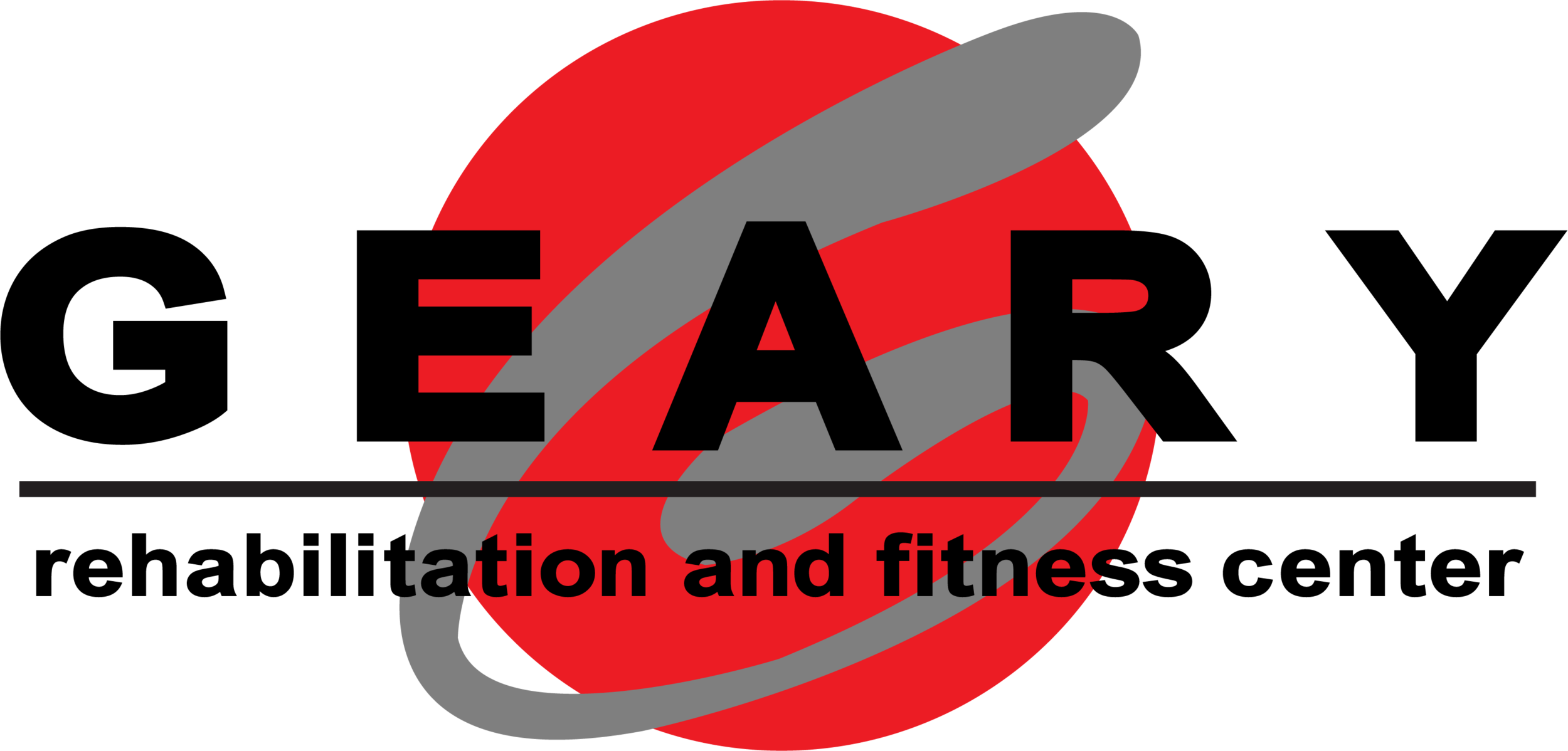Women’s Health
AAAACHOOOO! Oh, excuse me… I just sneezed… and peed a little. But, that’s normal, right? WRONG! Peeing when you sneeze falls under the category of “incontinence”.
Incontinence is common, but NOT normal. It’s estimated that 1 out of 3 women over the age of 45 and 1 out of 2 women over the age of 60 experience urinary incontinence. Many women fear the incontinence conversation with their doctor either because of embarrassment or because they have already been told that a little leakage is normal. We have already established that incontinence is NOT normal, and the problem is that if you don’t address the cause of incontinence it can get worse with time and age.
Your pelvic floor muscles sit at the base of your abdomen and they are responsible for supporting your core, closing off the flow of urine, and sexual appreciation. Just like any other muscle in your body, the pelvic floor muscles are susceptible to weakness and tightness. Doing Kegels is great for strengthening your pelvic floor, but, if you have a tight pelvic floor, the contraction part of Kegels isn’t what will help. In that case, you need to learn how to relax your pelvic floor. To complicate matters more, sometimes it’s not weakness or tightness, but just a motor control issue. This is basically the equivalent of your brain sending a message to your muscle and getting a “busy” signal. The pelvic floor muscles can contract, but aren’t doing so at the correct time. The fact that there are so many reasons for a simple leakage is why it is so important to discuss your symptoms with your OB/GYN about a referral to see your local pelvic floor physical therapist. A Women’s Health PT can help to determine the source of your pelvic floor muscle dysfunction and the appropriate treatment.
Many of you are probably thinking “Well, my doctor told me to do my Kegels, so I have been, but I still have incontinence.” Your pelvic floor muscles are made up of both power muscle fibers and endurance muscle fibers. This means you need to train both power and endurance in your pelvic floor muscles. Doing quick contraction won’t help with muscle endurance. Balancing doing strong contractions with a hold and quick contractions is the best way to train your pelvic floor. Along with learning how to completely relax your pelvic floor, when appropriate, to allow for full bladder emptying.
There are many ways to correct pelvic floor dysfunction. Women’s Health and Pelvic Floor PTs are here to help guide you back to controlling your body. While it may seem like an embarrassing conversation, it is worth being able to get rid of the pads and the spare underwear in your purse.
If you are having these issues or any other issues related to your pelvic floor that weren’t mentioned, it might be worth a call to your OBGYN or to Jessica Graham, DPT, at Geary Rehab & Fitness Center to see if you would benefit from Women’s Health Physical Therapy.
By Jessica Graham, DPT

